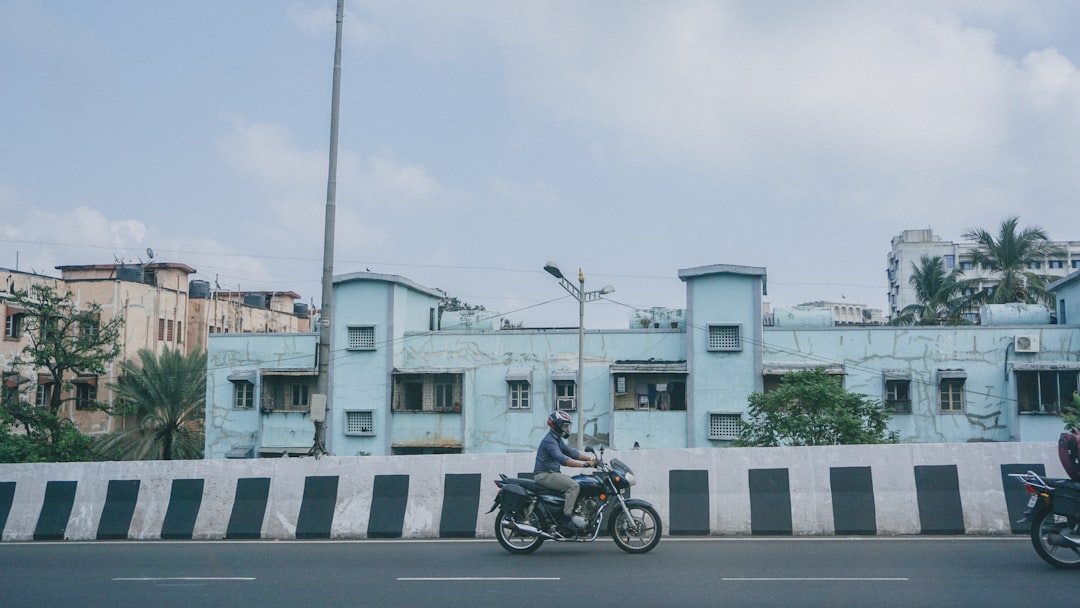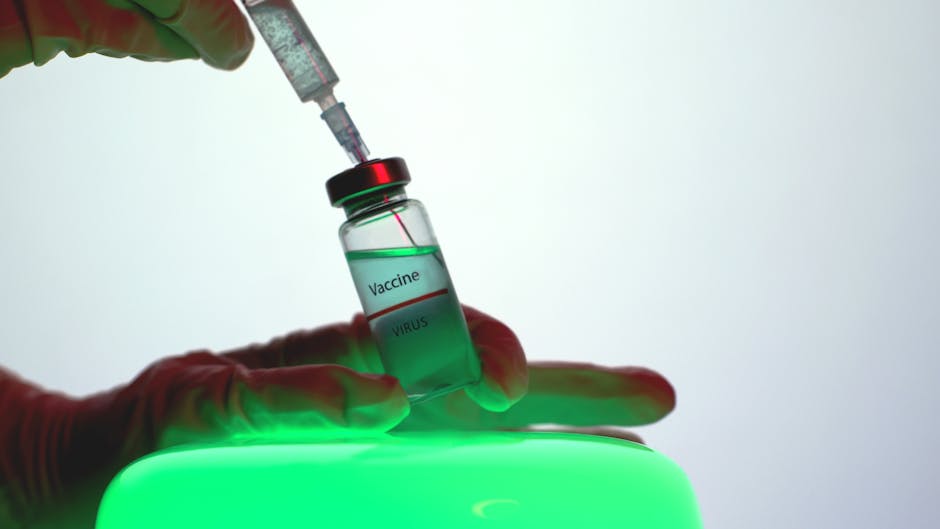In a chilling story that has sent shockwaves across the nation, the sanctity of a place of healing has been grotesquely violated. The shocking discovery of how Gujarat hospital footage ended up on the porn market has exposed a horrifying criminal operation and a profound betrayal of trust that strikes at the heart of our sense of security.
For patients and their families, a hospital is a sanctuary. It’s a place where they are at their most vulnerable, entrusting their lives and dignity to professionals. The revelation that this vulnerability was secretly recorded, packaged, and sold for profit is a nightmare realized. But how did a place of healing become a hunting ground for predators? The answer lies in a toxic mix of insider access, lax cybersecurity, and sheer human depravity.
The Modus Operandi: An Inside Job
According to sources within the cybercrime cell, this was not a sophisticated external hack. The breach was orchestrated from within. The primary suspects are reportedly IT staff or third-party vendors who were given administrative access to the hospital’s security surveillance system. These individuals, entrusted with maintaining the very systems meant to protect patients, allegedly became the perpetrators.
Their method was deceptively simple. With high-level access to the hospital’s Digital Video Recorder (DVR) and network, they could easily copy hours of footage onto external hard drives. The criminals specifically targeted cameras placed in areas that guaranteed maximum privacy violation: female changing rooms, patient examination areas, and even the ICU, where patients were in critical and exposed conditions.
From Hospital DVR to the Dark Web
Once the sensitive footage was secured, it was systematically categorised and edited. The clips were then uploaded and sold through clandestine channels on the dark web and specific adult content websites. These platforms, notorious for their anonymity, provided the perfect marketplace for the stolen Gujarat hospital footage.
The clips were reportedly marketed under vile and specific keywords, attracting a global audience willing to pay for this repulsive form of voyeurism. The motive was purely financial, turning moments of profound vulnerability into a source of illicit income.
A Wake-Up Call for Institutional Security
The hospital administration, now facing intense scrutiny and legal action, has expressed shock and pledged full cooperation with the police. However, this incident serves as a stark and urgent wake-up call for institutions across India, not just hospitals.
It highlights a critical flaw in our approach to digital security. We often focus on external threats—hackers from afar—while neglecting the potential for betrayal from within. The vetting process for employees and contractors with access to sensitive data must be far more rigorous. Furthermore, robust access-control protocols, regular security audits, and data encryption are not optional luxuries; they are fundamental necessities in today’s digital age.
The ripple effect of this crime extends far beyond the walls of one Gujarat hospital. It erodes public trust in healthcare facilities and raises terrifying questions about the pervasiveness of surveillance in our lives. As the investigation continues, the legal system must ensure that the perpetrators face the full force of the law. But justice for the victims also requires a systemic change. This disturbing episode must compel a nationwide review of data security protocols, forcing us to ask: in our increasingly digital world, who is guarding our guardians?




